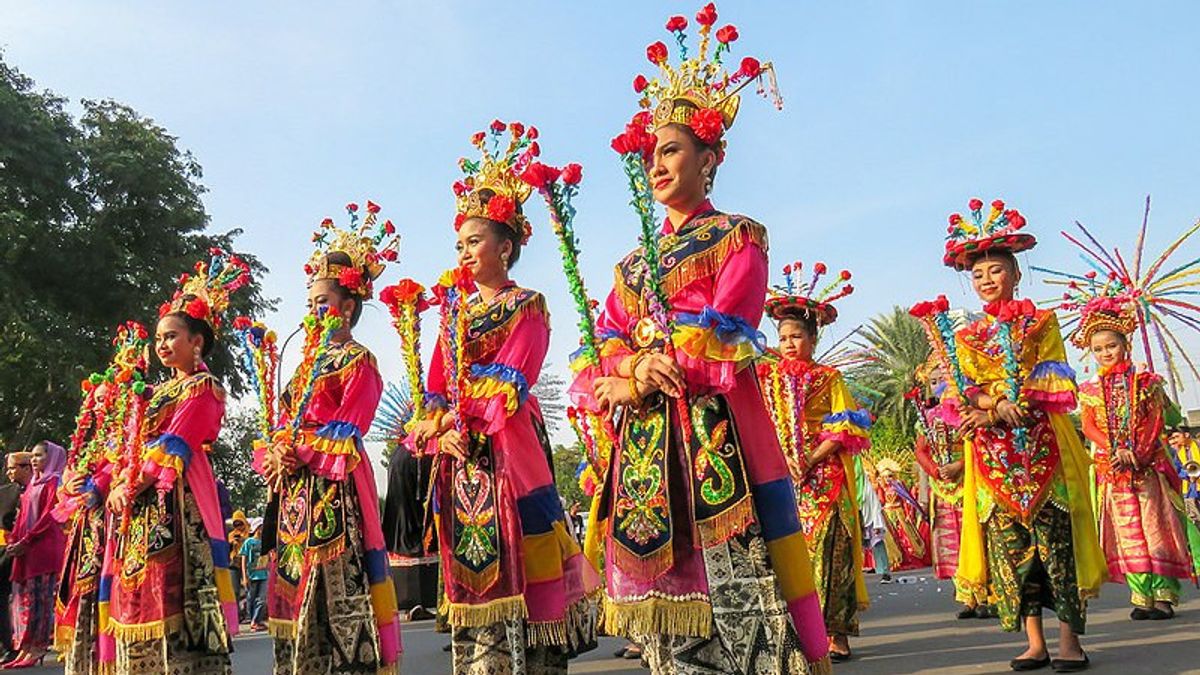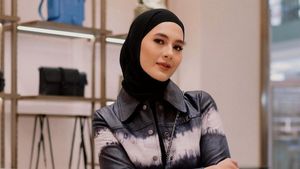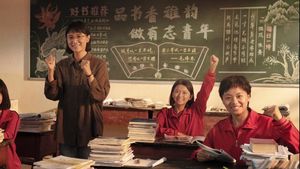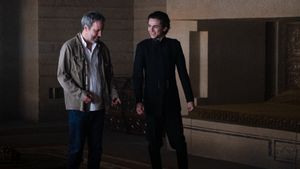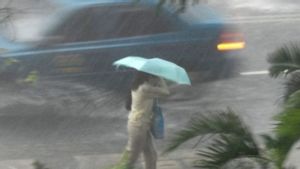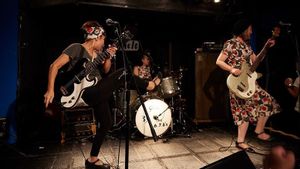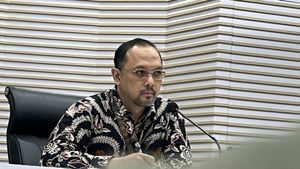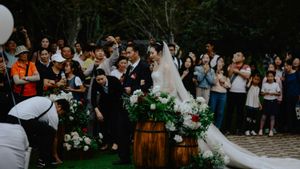YOGYAKARTA - Traditional dances from various tribes and regions are one of Indonesia's extraordinary cultural wealth. The movement, clothing, music, and philosophy of every unique archipelago dance. Betawi dance, which comes from the Betawi people in Jakarta, is one of the dances that reflects the cultural diversity of the archipelago. So what are the various characteristics of the Indonesian dance movement in Betawi dance? Let's discuss it!
The Betawi dance, which is often staged at various events, has a unique movement and reflects a combination of local culture with outside influences, such as China, Arabia, and Europe. This article will discuss further the characteristics of the Betawi dance movement as part of the richness of the archipelago dance.
1. Energible And Fast Movement
The Betawi dance is known for its energetic and fast movements. Betawi dances generally highlight passionate movements, which follow traditional musical rhythms such as tanjidor or gambang krong.
This dynamic movement depicts the joy and openness of the Betawi community, as well as reflects a culture that is open to various influences. A real example of this movement can be seen in the Betawi Mask Dance, which is one of the most popular dances among the Betawi people.
At the Betawi Mask Dance, hand movements, feet, and body are carried out quickly and coordinated. Each movement has a purpose, both to describe characters in the story and to express the deep meaning behind the dance. The use of masks adds to the artistic dimension, not only displaying visual beauty, but also conveys feelings and meanings.
2. Masks and Bright Colored Costumes
Another characteristic of Betawi dance, such as Mask Dance, is the use of masks that are an integral part of performances. These masks display a variety of expressions, ranging from funny to serious, reflecting various characters presented in dance stories. Each mask has its own role, depicting characters such as kings, heroes, or humorous figures, who enrich dance stories.
In addition to masks, the costumes worn by the dancers also add to their own charm. Betawi dance costumes usually use bright colors with striking designs. Female dancers often wear encim kebaya, while male dancers wear traditional clothes with caps. This combination of bright colors provides a lively feel that is in line with the cheerful atmosphere in the show.
3. Influence of Outer Culture on Movements
Betawi culture is the result of the combination of various cultures, such as Malay, China, Arabia, and Europe. This can be seen clearly in the movements of Betawi dances, which adopt elements of these cultures. For example, in the Yapong Dance, the influence of the Malay culture can be seen through softer and more fluid movements, in contrast to other Betawi dance movements that are more energetic.
The influence of Chinese culture can be seen from the use of fans in several dances, such as Chili Dance, accompanied by gambang krong music. Meanwhile, the influence of Arabic culture can be seen in the musical rhythm as well as the costume of a male dancer who sometimes wears a long robe. Despite being influenced by outside culture, Betawi dance retains its identity, making it rich and unique in every appearance.
4. Participatory Dances
One of the uniqueness of Betawi dance is its participatory nature, where the audience is often invited to participate in dances, especially in more relaxed dances such as Ondel-Ondel Dance. Ondel-ondel itself is a giant doll that becomes an icon of Betawi culture, and this dance is often featured in traditional events and people's celebrations. The movement in this dance tends to be simple and repeated, accompanied by traditional Betawi music that uses instruments such as drums, gong, and rebana.
The involvement of the audience in dance creates an even more lively and warm atmosphere. Ondel-Ondel dances not only serve as entertainment, but also as a means of interaction between artists and the public.
SEE ALSO:
5. Deep Meaning Behind The Movement
Every movement in Betawi dance contains a deep philosophical meaning, not just for visual beauty. Betawi dance often depicts stories about everyday life, struggle, or human relations. For example, Lenggang Nyai Dance tells the story of a strong and independent Betawi woman. The movements in this dance reflect the independence and courage of a woman who still upholds cultural and traditional values.
The philosophical meaning of Betawi dance reflects the simple but meaningful life of the Betawi people, and emphasizes the importance of maintaining traditional values in the midst of changing times.
Who would have thought we could see the image of the City in the Contemporary Dance Show.
So after knowing the various characteristics of the Nusantara dance movement in the Betawi dance, see other interesting news on VOI.ID, it's time to revolutionize news!
The English, Chinese, Japanese, Arabic, and French versions are automatically generated by the AI. So there may still be inaccuracies in translating, please always see Indonesian as our main language. (system supported by DigitalSiber.id)
